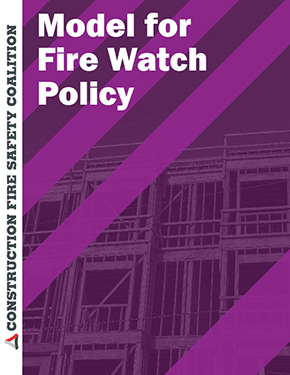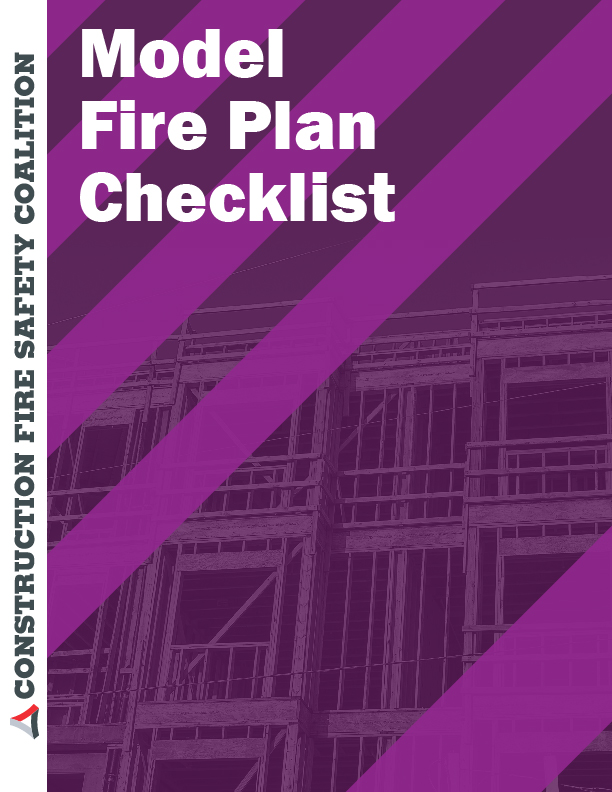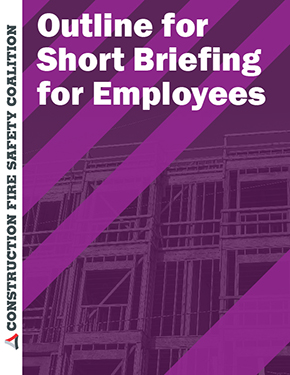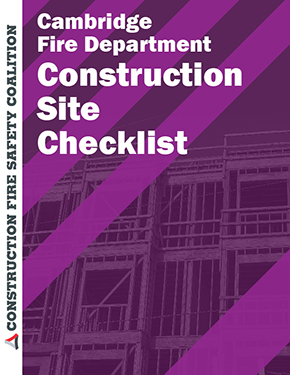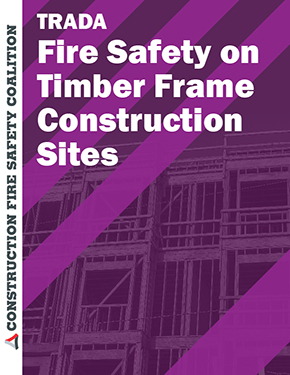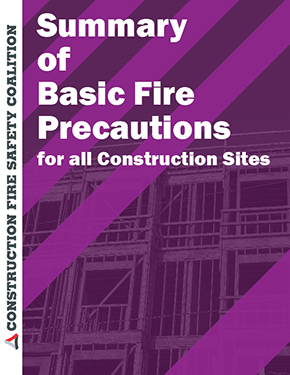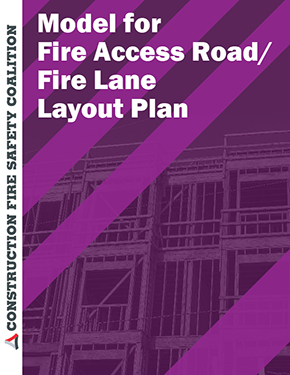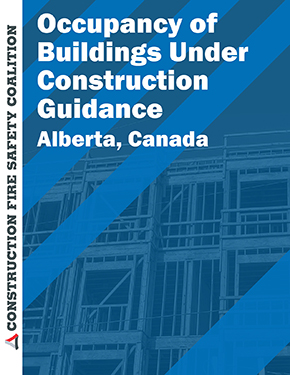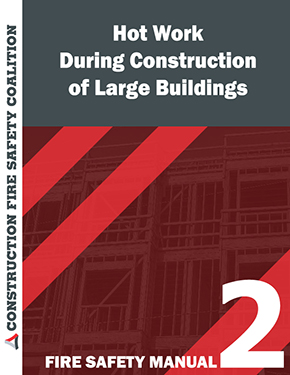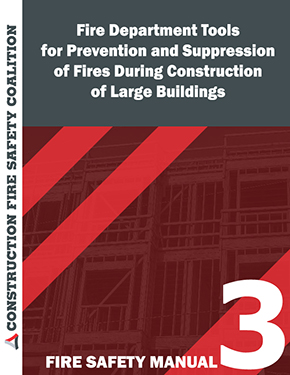Large loss building fires are not new to the fire service. According to the US Fire Administration NFIRS has identified six causes of construction site fires. In order to understand the types of incidents that are likely to occur, the following causes should be considered:
- Hot Work
- Smoking
- Heating devices
- Electrical malfunctions
- Cooking fires
- Criminal activity and vandalism
Given these potential causes of fires, the fire department has a need to conduct two different types of activities. The first is to conduct pre-fire planning on the site as soon as the building is contemplated; the second priority is a need to prepare for specific tactics and strategy if a fire actually occurs. Depending upon the timing and sequence of events on a site the presence or absence of built in fire protection, may aid or complicate a fire fighting operation.
When we consider that the fire and building codes are created to provide buildings with a high level of fire safety, the fire service needs to understand why these buildings are particularly vulnerable during construction. Chapter 33 of the International Fire Code and International Building Code provide full chapters on this topic. A review of fire service features required by the fire code is the beginning of an effective pre-fire planning program. As firefighters, we have an obligation to know what stage of construction may be occurring in our response area and to be proactive to ensure the greatest level of safety in the event a fire occurs.
Working closely with the building official and the property developer, as well as visiting these sites regularly are solid steps in improving fire safety on site.
Site Specific Fire Safety Plans
- The identity of any safety consultants or the contractor safety officer and on-site management/safety personnel.
- The schedule for safety inspections.
- Type and frequency of training conducted for contractor’s personnel including tailgate meetings, lifting, emergency procedures, fire safety, etc.
- Information on the types of heavy equipment and the necessary precautions in the use of such equipment.
- Hazard communication program.
- The injury and illness prevention program.
- The code of safe practices.
- The heat illness prevention program.
- The Hot Work permit program, including the location of any possible fire hazards and the firefighting equipment available to contain such a fire on site.
- A detailed description of hazardous or unusual procedures necessary for particular site/job.
- Impact on the construction site of the surrounding area including traffic flow, parking, street closures, utility turn-off, pedestrian crossings, etc.
- Placement, quantity, and type of safety warning lights, signs, or barricades required during construction.
- If applicable, the storm water pollution prevention plan.
- If applicable, an evacuation and dust control plan.
- Written procedures addressing injuries, fire, or other possible emergencies on the job/site.
